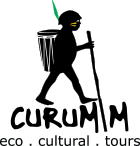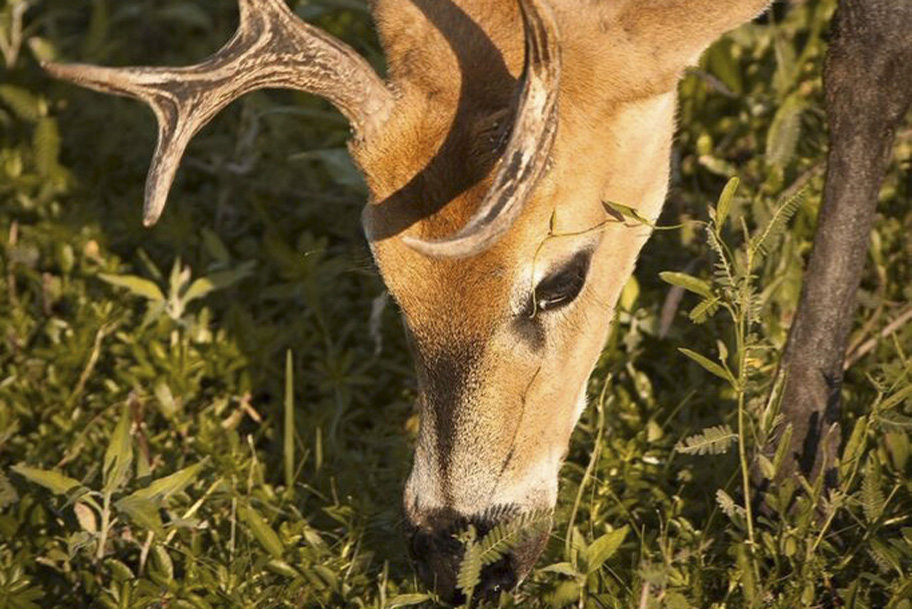Pantanal
Not only known as the largest floodplain in the world, but also listed as a Biosphere Reserve and a World Heritage site by UNESCO, Pantanal shows impressive numbers. Brazil, Paraguay and Bolivia share an area of 85,000 square miles that hosts 3,500 species of plants, 650 of birds, 300 of fishes, 95 of mammals, 41 of amphibians and 50 of reptiles.
In Brazil, the Pantanal complex is divided into Southern Pantanal (Mato Grosso do Sul) and Northern Pantanal (Mato Grosso). It consists of three biomes – Cerrado, Pantanal and Amazon – and it is crossed by three river basins – the Amazon, Platina and Tocantins – what makes the region to be one of the places with the highest biodiversity and volume of freshwater in the world.
Three cities serve as a doorway to the Northern Pantanal: Cáceres, Barão de Melgaço and Poconé. The latter is considered the main entrance of the region, since it takes travelers through the legendary Transpantaneira Highway. Southern Pantanal is accessed through cities like Aquidauana, Corumbá, Miranda and Porto Murtinho.
Travelers who choose to take the Transpantaneira Highway should let the camera always prepared. Getting across its 90 miles is like being in a real safari – there are always animals crossing the landscape. Alligators, storks, deer, hawks… can be seen from one of its 125 wooden bridges found along the way, what makes the trip even more rustic and wild.
Tours to the Pantanal region are defined depending on the water flows and levels and the periods of drought and flood. Routes can be explored by land or river, depending on the season. In both ways, however, everything around is pure biodiversity, a delight for the senses.
The dry season occurs from April to November when the waters recede, forming bays full of fish. It is time to admire the fauna and have a close look on animals like alligators, capybaras, otters, and many species of birds. Between April and June, the Pantanal goes through one of its most lush seasons, with gorgeous sunsets, mild temperatures and starry nights. From August onwards, it is time for the flowering of trumpet trees, a period that also sees birds entering the breeding season displaying feathers with even more intense colors.
From December to March comes the flood season, when the water encroaches on the land favoring the spectacular blossoming flora. It is also when large animals like Pantanal deer, anteaters, tapirs and jaguars start to populate the area.
Regardless of the season, the key is to be willing to get up early and sleep late – so you can enjoy some of the “must” activities such as a photo safari, a nocturnal animal watching, a boat trip and horse rides, since some of these happen early in the morning and others during the evenings.
To get to know well Southern and Northern Pantanal, a good tip is to look for accommodation on farms. Our suggestion is a 3 or 4 night’s stay that offers an intense contact with nature, as well as with the Pantanal culture in a kind of an organization that supports research projects and environmental conservation.
The animal watching activities offered vary according to the climatic conditions of the Pantanal region. All field trips and attractions are led by experienced bilingual guides specialized on the Pantanal flora and fauna, and by field local guides who deeply know the region.
Among the activities there are nature trails, photo safaris, Canadian canoe rides (to contemplate vegetation, waterfowls and sunset), nocturnal animal watching; jeep safaris; bike rides and birdwatching.
MORE INFO MAIS INFORMAÇÕES PLUS D'INFORMATIONS MEER INFORMATIE
Please contact us so we can elaborate the best tour for you!






SHARE WITH
YOUR FRIENDSCOMPARTILHE COM
SEUS AMIGOSENVOYER À
UN AMIAN EINEN
FREUND SENDEN